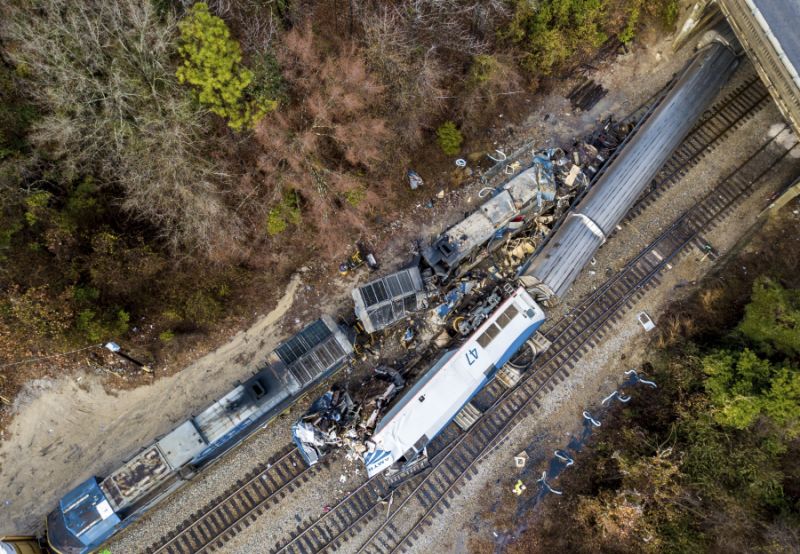By Sherrod Brown, U.S Senator
Last week I had the opportunity to speak with student journalists from several of Ohio’s college newspapers about the issue of net neutrality.
Net neutrality rules help ensure that we have a free and open Internet. Today, that could not be more important, particularly for students.
High-speed Internet is an absolute necessity, and the free flow of information is vital to our everyday lives.
Businesses need it to keep customers coming back. Entrepreneurs need it to start the kinds of innovative projects that create jobs. Students need it to do research for papers and study for exams. Reporters need it to publish stories and get information to their readers. And of course, it’s also nice to have when we’re doing everything from looking up directions to relaxing and streaming your favorite shows.
Having access to high-speed Internet impacts the very way you live, work, study, and enjoy your free time.
That’s why the Federal Communications Commission’s (FCC) decision to roll back net neutrality rules in favor of large corporations and special interests is just plain wrong.
Last December, the FCC voted to repeal the rules that say your Internet service provider (ISP) will not be allowed to slow down your Internet access, block certain websites, or charge you more based on the shows you watch, the teams you cheer for, the topics you research and study, or the politicians you support.
Rolling back these consumer protections would destroy the Internet’s level playing field. Without net neutrality, broadband providers could create Internet fast lanes and slow lanes, which would squeeze out startups, nonprofits, consumers, and academic institutions who cannot afford to pay exorbitant fees for reliable service.
The FCC formally published the new rules last month, and is set to announce the effective date net neutrality rules will cease to exist in late April.
Starting this spring or summer, ISPs could take the reins and begin shaking down consumers for every last penny.
We cannot let this happen. The Internet doesn’t belong to a wealthy few – it belongs to Ohio students and ordinary people across this country.
That’s why I’m working with my Senate colleagues fighting to pass a resolution in Congress to overturn this disastrous decision. This resolution would reinstate the rules that guarantee us an open Internet.
We only need 51 votes to pass it. Right now, we have 49 Democrats and one Republican signed on.
With 50 votes at the ready, we only need one more brave Republican who is willing to stand with us against corporate special interests.
Now is the time to make your voices heard.
More Senators need to hear from young people about why preserving net neutrality matters, so we can save the free and open Internet.
Sen. Brown serves in the U.S. Senate representing the State of Ohio







